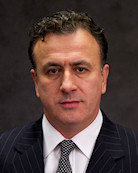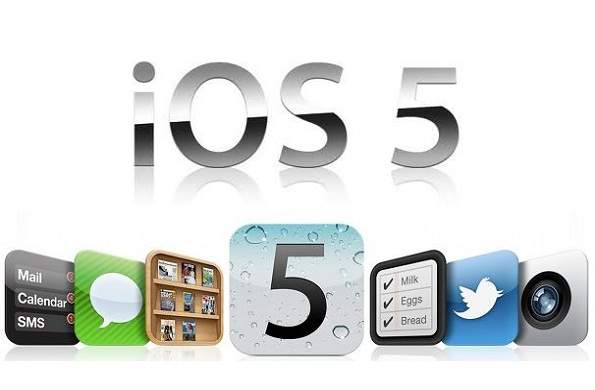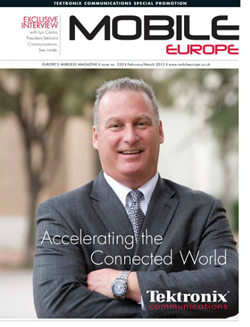“Businesses would be well advised to begin planning now in order to determine whether and how to add Patent Box to their profit-making armoury.”
UK legislation of patent tax structure has implications for European telecoms companies, say Laura Hoyland and Jeremy Morton, of CMS Cameron McKenna LLP.
A final consultation on the UK’s draft ‘Patent Box’ legislation will close on 10th February. Patent Box is the government’s proposed tax relief regime designed to encourage technology innovation and development in the UK,
particularly relevant given the continuing trend to migrate highly mobile intellectual property to minimise tax. After a phasing-in that begins in April 2013 and continues for four years, qualifying patent profits will eventually enjoy a 10% rate of corporation tax. This presents significant opportunities for European telecoms businesses, provided they begin planning well in advance.
In a nutshell, a patent owner or exclusive licensee will be able to apply the reduced rate of tax to income derived from patents, including worldwide profits from sale or licensing of patents, sale of products that embody a patented invention, and damages from patent litigation, provided these relate to at least one patent granted by the UK Intellectual Property Office or the European Patent Office. The government is considering extending this to national patents of other European countries too.
In order to exclude non-practising entities, also known as patent ‘trolls’, the corporate group must have undertaken significant technical development, and if the claiming company did not do the development work itself it must at least manage the patent portfolio. Profits from services are not included as such, but can benefit via intra-group licensing structures. Finally, brand-related profits must be stripped out.
Multinational telcos derive huge profits on the back of patent rights, and the land-grab continues with the ongoing disposal of Kodak’s digital imaging patents. Ericsson’s Chief Intellectual Property Officer also recently announced a new focus on licensing and enforcement of its 27,000 patents. Businesses would be well advised to begin planning now in order to determine whether and how to add Patent Box to their profit-making armoury. Challenges include how to calculate profits from the typical combination of product sales and multi-party cross-licensing: HMRC sees this as a complex area. Attention will also need to be given to structuring joint ventures involving patent development and ownership, as well as dispute settlements and disposals, acquisitions and reorganisations. Businesses must also understand the anti-avoidance measures and the appropriate transfer pricing strategy.
It seems very encouraging, but is it enough? European patent owners will be able to consider similar preferential regimes in Belgium, the Netherlands, Luxembourg, Ireland, Switzerland, France, Hungary and Spain, all generous in their own ways. Luxembourg, for example, extends the relief to worldwide patents and simple economic ownership usually suffices. Most of these jurisdictions tax relieve a longer list of intellectual property than the UK.
Although the UK proposal makes specific (in some cases relaxed) provision for groups, any multinational business would be wise to consider its current set-up, financial and regulatory constraints, practical and commercial needs and other tax aspects (such as local research and development reliefs) before implementing any move underscored by the UK Patent Box.
Laura Hoyland is an Associate in the Tax team and Jeremy Morton is a partner in the Intellectual Property team, at CMS Cameron McKenna LLP










